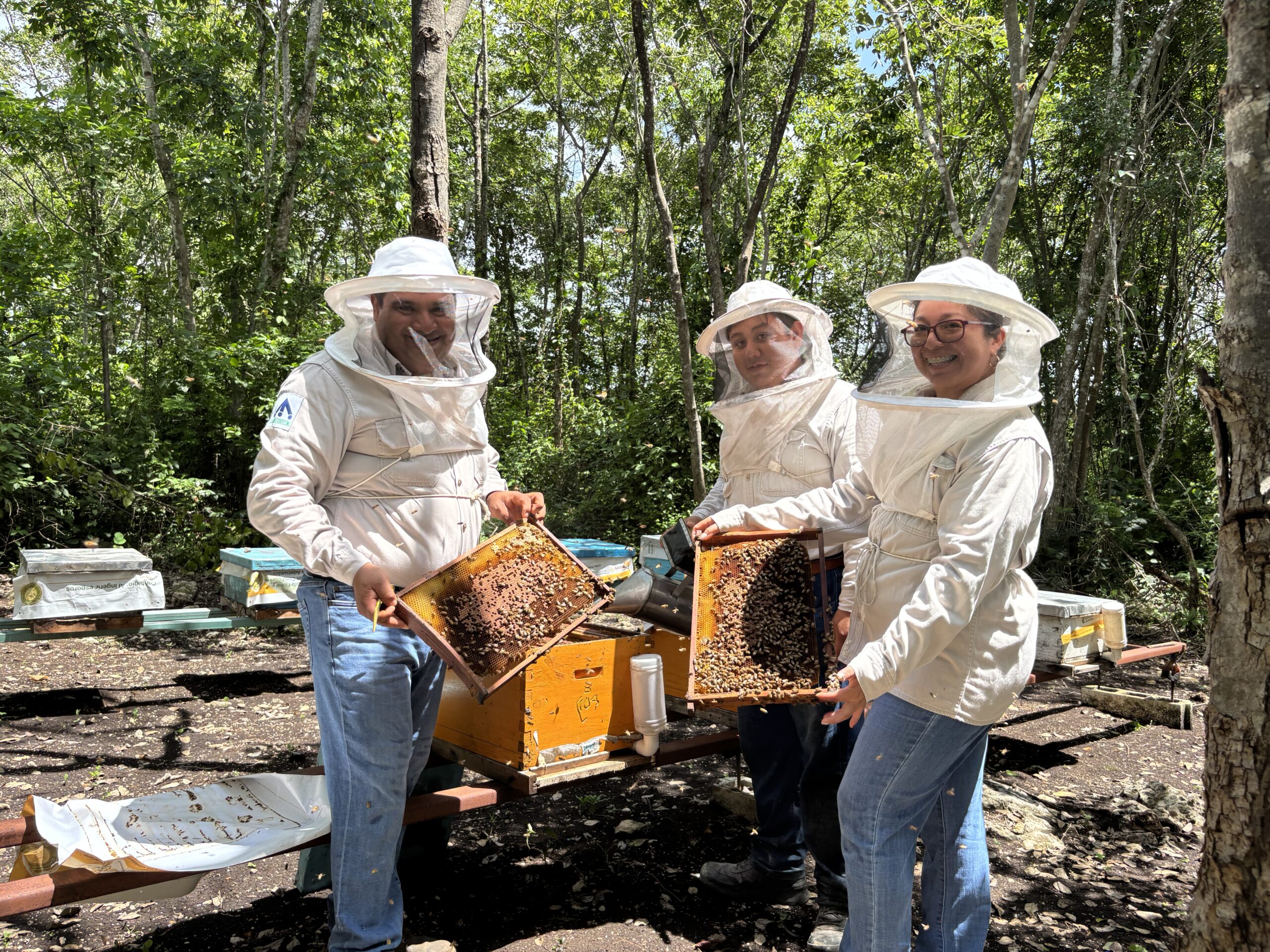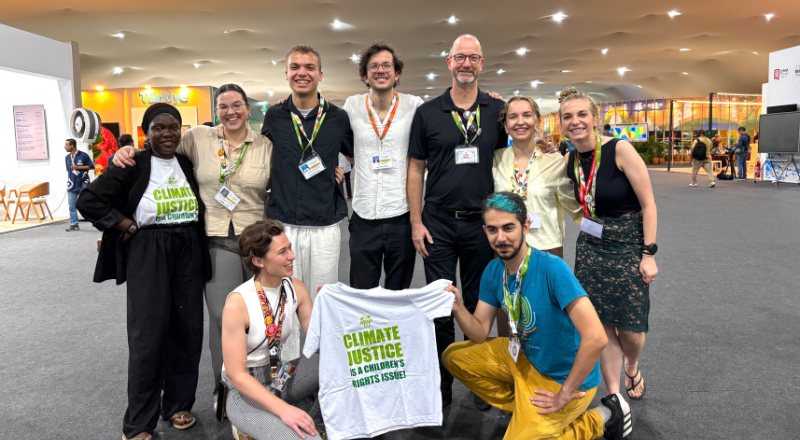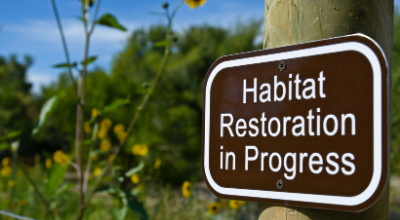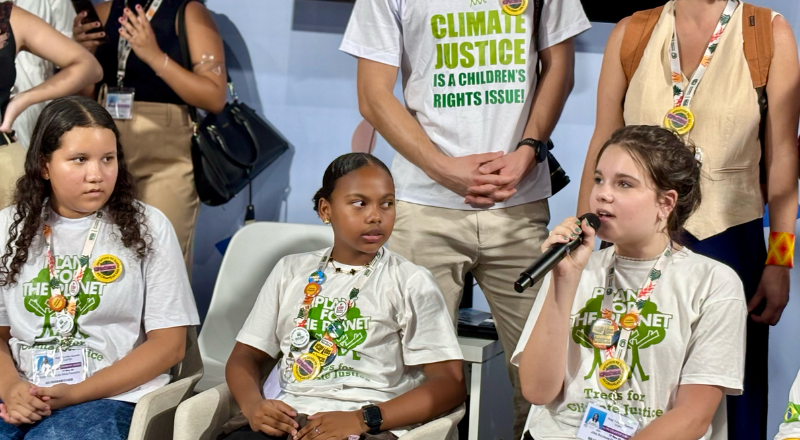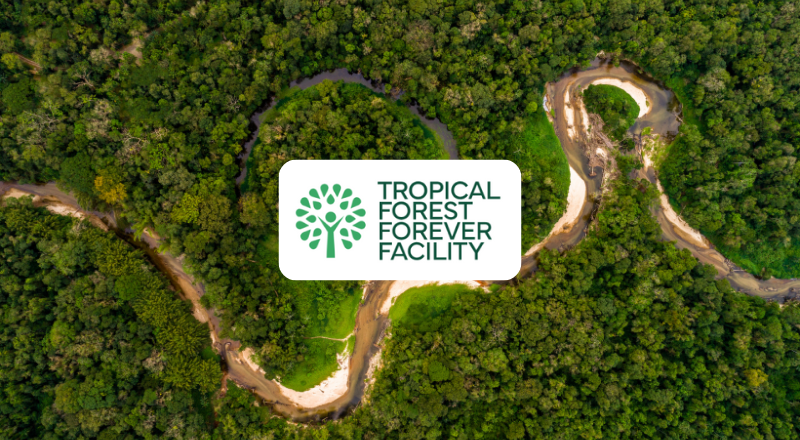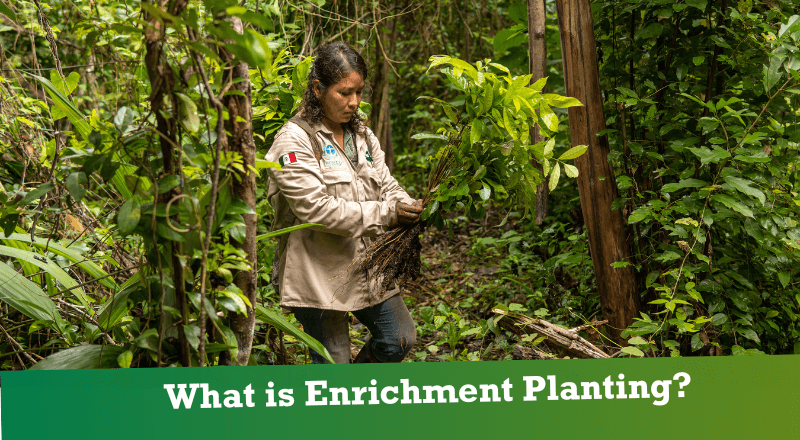
Planting trees in a forest? Restoring forests where they already exist and are protected? Admittedly, that sounds contradictory at first.
However, there are many forests where certain tree species have been selectively cleared or lost due to wildfires. Their absence weakens the ecosystem as a result.
The solution lies in Enrichment Planting, a method for ecological restoration and the protection of forest ecosystems when used appropriately. Enrichment Planting is scientifically proven, and numerous studies demonstrate its positive impact (e.g., Paquette et al. 2009, Dalle et al. 2006, Griscom and Ashton 2011, Mangueira et al. 2019, Bertacchi et al. 2016).
In some rainforest regions, economically valuable tree species are illegally cut down for the timber trade without regard for the consequences on the ecosystem. This destruction jeopardizes the unique biodiversity. In other areas, rainforests are engulfed in flames, and ecological regeneration needs support to bring the forest back to life.
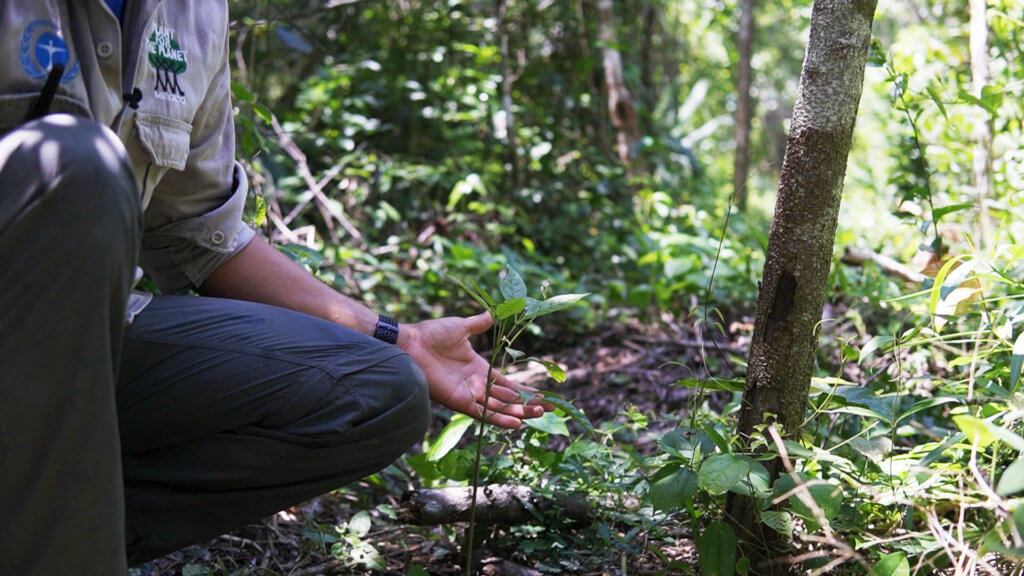
Plant-for-the-Planet addresses these situations through Enrichment Planting on the Yucatán Peninsula in Mexico. To promote biological diversity in forests, lost species are intentionally replanted. Plant-for-the-Planet has implemented this approach in parts of the Las Americas 1 and Las Americas 2 areas, and currently carries out Enrichment Planting on the San Felipe de Bacalar A and San Felipe de Bacalar B plots.
Enrichment Planting: A measure against biodiversity and climate crisis
Compared to trees planted in open areas, trees in Enrichment Planting absorb slightly less CO₂ since existing vegetation already captures some of the carbon dioxide. Nonetheless, it is a significant approach as it not only reduces CO₂ levels but also fosters biodiversity and ecological balance.
Just as a forest is much more than the sum of its trees, restoration means much more than merely planting trees. Plant-for-the-Planet’s approach aims to restore diverse and healthy ecosystems, capable of withstanding storms, droughts, floods, and wildfires.
In contrast, a monoculture, a forest of nearly identical trees, resembles a cornfield. Such a setup provides minimal habitat for animals and plants and is highly susceptible to fire and pests. Through Enrichment Planting, we create a diverse mix of tree species, enabling vibrant life to return to the forest.
Interestingly, a forest with diverse wildlife can absorb much more CO₂ than one without significant fauna, as demonstrated by a study. Thus, the wildlife also plays a crucial role in carbon sequestration.
To sum it up, Enrichment Planting offers an effective and meaningful way to protect our existing forests and promote their biodiversity. By selectively replanting lost species, we create diverse habitats that are attractive to animals and plants alike. It’s a valuable approach against the biodiversity and climate crises.
